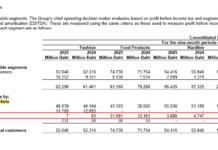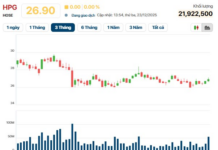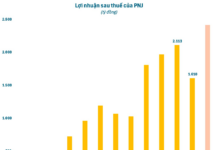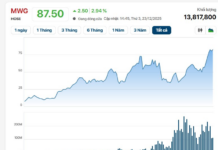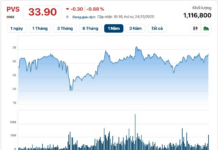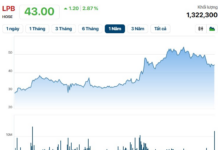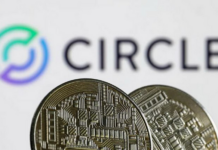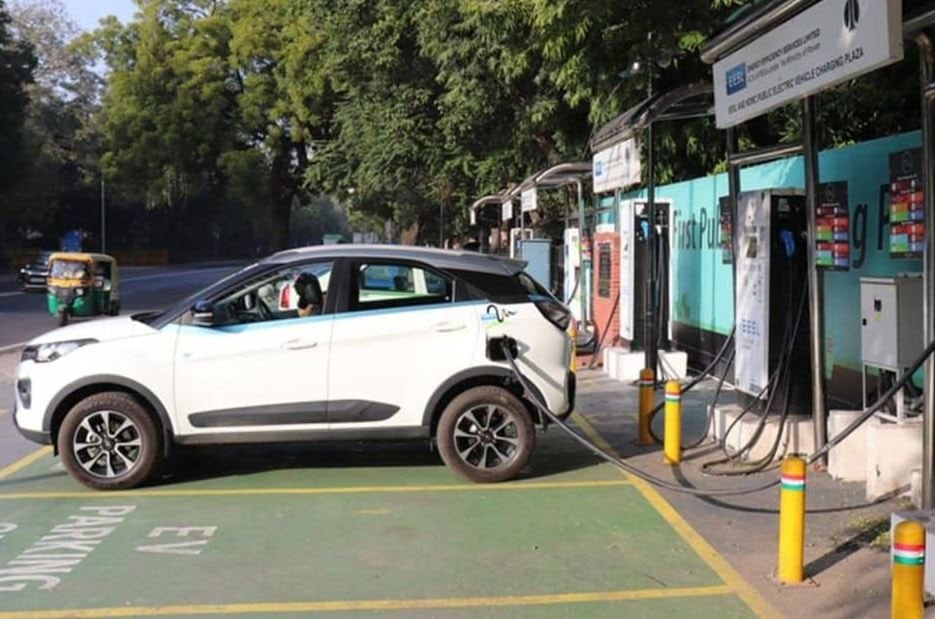
India’s booming car culture: Exploring the rise of automobile ownership and its implications
In Bangalore, India’s startup capital, it’s evident that residents are increasingly turning to cars for their transportation needs. The number of registered vehicles in the city soared from 2 million in April 2020 to 2.4 million in April this year, surpassing Delhi and making Bangalore the city with the highest number of private cars. A new car joins the roads here every four minutes.
According to The Economist, the number of cars on Indian roads has surged from 19 million in 2012 to 49 million in 2022. The car ownership rate per 1,000 people has doubled from 17 to 34 in the same period. “India’s love affair with the car is, at this point, the greatest it’s ever been,” says Hormazd Sorabjee, behind the wheel of his Porsche 718 Cayman GTS.
Just five years ago, for every two cars sold in India, one was a hatchback. Today, that ratio has shifted, with over 50% of new car sales being SUVs, according to Hyundai Motor, a South Korean company with a local branch. The surge in SUV sales is largely attributed to the country’s still-developing infrastructure. Ground clearance—the distance between the road and the underside of the car—is a critical consideration for Indian car buyers.
The SUV boom is also fueled by government initiatives to add tens of thousands of kilometers of high-quality highways. This has led to an increase in weekend and day trips. “India is a nation that loves to travel and take affordable vacations,” says Anand Mahindra of Mahindra and Mahindra, an automobile manufacturer specializing in SUVs. Their latest offering, a rugged SUV, received 176,000 orders in the first hour of sales.
“Previously, buyers focused more on mileage,” says Arun Agarwal, who heads the auto sector at Kotak Securities, a brokerage. “Now, that’s changed. Indians are increasingly willing to spend more for a better experience.” According to Hyundai, the average selling price of a car increased by 30% in the half-decade up to last year, from 491,000 rupees ($5,800) to 659,000 rupees. Consumers want the best the market has to offer, and for some models, the top-end variants now account for up to two-thirds of sales.
This trend reflects what’s happening with other consumer products as well. For instance, cheap mobile phones are disappearing from the Indian market, while premium models like iPhones are surging in popularity. The widespread availability of cheap internet connectivity has accustomed consumers to being constantly online.
Shailesh Chandra, who heads the passenger vehicle business at Tata Motors and drives an electric version of the Curvv smart car, says that an increasing number of purchasing decisions are based on the automotive technology on offer. Style and features are what mark the status of the owner.
“A car is like freedom to go anywhere, anytime,” says Vinay, a car enthusiast from Bangalore. It’s not just gasoline-powered cars that are seeing a boost; India is also ramping up infrastructure for electric vehicle enthusiasts. Significant strides have been made in increasing the number of EV charging stations along highways.
According to a report published by Bain last December, there are about 200 electric vehicles per commercial charging point in India, compared to about 20 in the US and fewer than 10 in China. Experts believe that enhancing India’s EV charging infrastructure is a crucial step for the government to achieve its goal of widespread EV adoption by 2030. After the US, India has the second-largest road network in the world, spanning 6.3 million kilometers.
“The viability of a charging station essentially depends on its utilization. To achieve this, they need to be located in areas with a high density of EV populations,” says Mihir Sampat, a partner at Bain & Company in Mumbai.
However, despite the unprecedented demand for electric vehicles in India, prices are unlikely to drop significantly as most components, especially batteries, are still imported. Moreover, experts believe that even if India were to start producing batteries domestically, it would still be challenging for consumers to access affordable options.
“Most companies have very thin profit margins,” says an anonymous executive. According to Harshvardhan Sharma, who heads automotive retail at Nomura, rationalizing import duties and transportation costs related to Chinese and Korean batteries could help reduce prices. As domestic production volumes increase, companies will benefit from economies of scale.
Sources: The Economist, CNBC, Nikkei Asia











